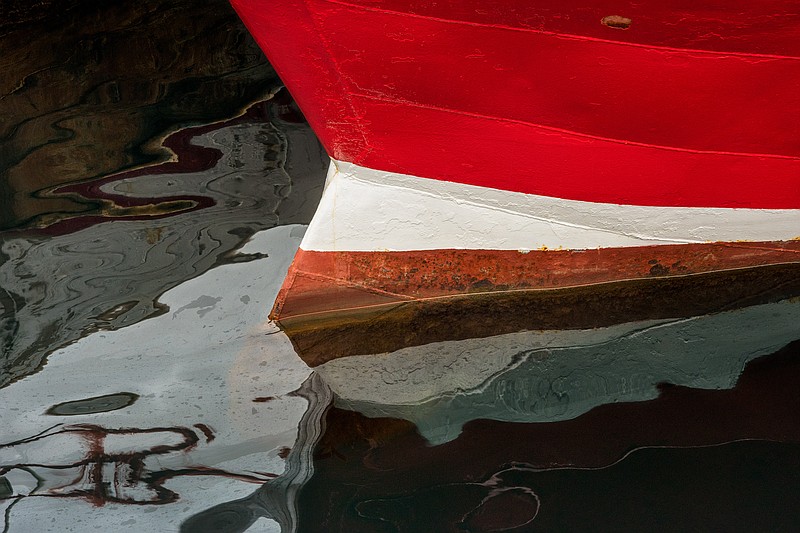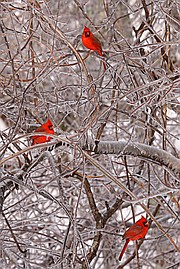Photo Gallery
Photo Realism: It takes patience and perseverence to get just the right shot, photographers say
If you go
› What: Photo exhibition of current and former Erlanger employees› Where: Gallery Corridor, First Floor of Erlanger Medical Center, 975 E. Third St.› Hours:› Information: 778-7000
Brenda Ross once spent three days, 12 hours each day, on an iced-over lake. In 3-degree weather. Trying to see a bird.
"Not very many people want to go with me," she says, a smile in her voice.
Ross, director of Occupational Health and Wellness at Erlanger Medical Center, was in Japan, snapping photos of whooper swans. That kind of dedication is what hardcore - hard-cold? - photographers will do to get just the right shot. For a bird, that means several elements must line up before you punch the button.
"I want the bird to fly toward me so I get a beautiful picture of the eye of the bird," Ross explains. "Don't clip the end of the wing. I'm looking for a particular head angle. I'm waiting for the bird to turn slightly toward me. And what is the light doing for that image? Are there shadows under the wing?"
Ross is one of four current or former Erlanger employees whose photos are on display in the hospital's Gallery Corridor on the first floor. The exhibit will hang until April.
Donna Bourdon, vice president and CEO of ContinuCare HealthServices, Inc., an Erlanger subsidiary, is another photographer who enjoys shooting scenes of nature and also has spent hours waiting for just the right shot, although she hasn't had to be quite as patient as Ross. When she was in Coral Springs, Fla., shooting photos of burrowing owls, she spent about three hours and fired off 500 photos, Bourdon says.
"And there were two that I just loved, that you want to do a print of," she says.
Both Ross and Bourdon say they've taken workshops on photography and also taken trips to such locations as Japan, Alaska, Scotland and Mexico. Along with the Japanese swans, Ross has photographed the country's snow monkeys and red-crowned cranes, puffins in Scotland and sandhill cranes in Bosque del Apache National Wildlife Refuge in Mexico. Bourdon has traveled to Indiana to shoot wolves in the state's Wolf Park and Kodiak bears in Alaska.
"I've always been an avid runner and hiker and enjoyed nature," Bourdon says. "I like to stop and smell the flowers when running and, in my photos, to capture that sense of awe and wonder of nature."
Ross says she taken seminars, workshops and trips, including ones with photographer Arthur Morris, who's famous for his bird photos. She has learned not only how to operate the camera equipment in order to take stellar photos, she says, but the ins and outs of being a nature photographer.
"What I have really learned from Artie is how to interpret the behavior of the bird of animal; how to be patient; how to wait for the behavior you want; how to properly operate the equipment to get the best shot," she says.
Both Ross and Bourdon insist that it's the photographer, not the equipment, that makes a great photograph.
"You don't have to have pro-grade equipment to get a high-quality photo," Ross says.
Contact Shawn Ryan at sryan@timesfreepress.com or 423-757-6327.

